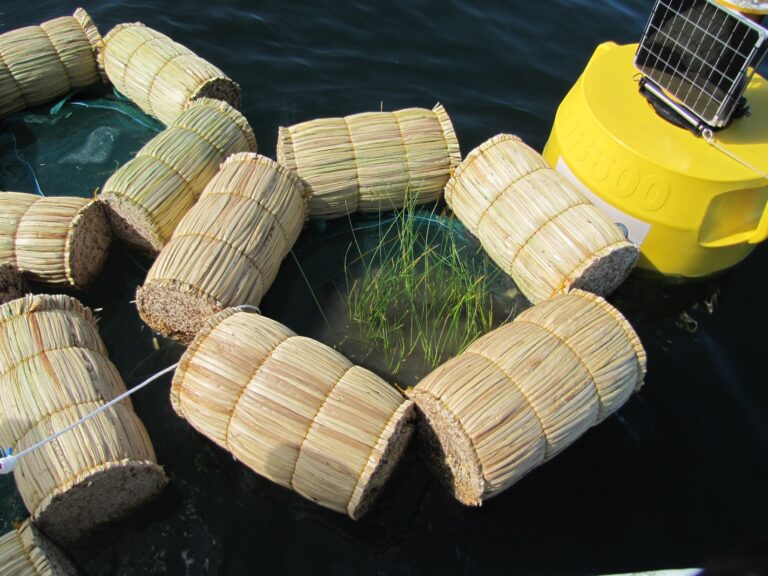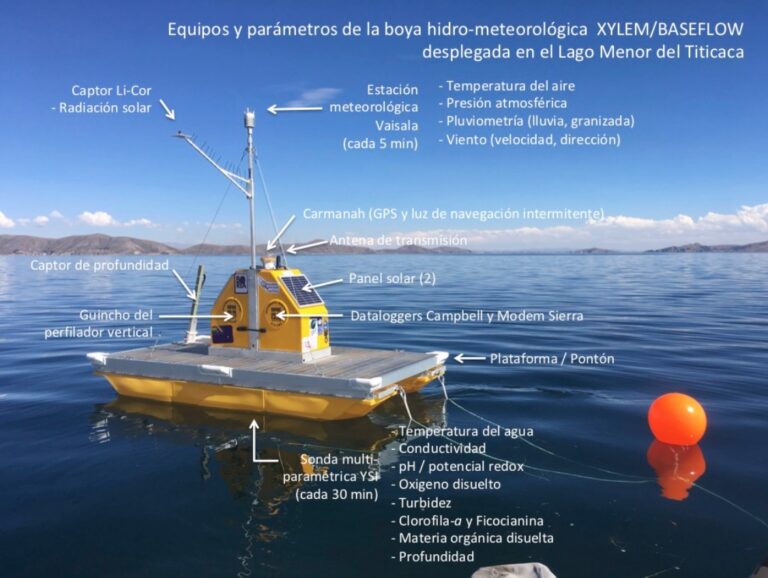Highlights:
- Multisource contamination interacts with each other.
- Pollutants change ecological conditions, impacting other contaminants availability and fate.
- Synergic effects may enhance the risk associated with contaminants.
- Changing environmental conditions may offer opportunities to mitigate the impact of some contaminants.
Abstract:
Like others in the Altiplano Region, the Titicaca Basin is impacted by multisource contamination. Increasing releases of untreated wastewater from urban and agricultural sectors into the environment, including the fragile ecosystems of the high-altitude altiplano, has resulted in irreversible ecological and human health consequences. Today, wastewater irrigation is foreseen as an “obvious” trajectory adaptation to overcome water scarcity and soil degradation at a short-term scale. Still, it implies long-term environmental and sanitary hazards. Such risk must be added to the significant metal contamination associated with current and past mining activities and the region’s naturally rich metal and metalloid background. We have found direct and indirect synergic effects between metal and organic contamination. However, many unanswered questions remain about the direct or indirect interaction between metal contaminants and organic contamination. Many of the interactions seem to be mediated by the impact of the contaminant on the ecosystem, which in turn makes other pollutants more or less available.
Associated projects:
JEAI TITICACA: Whose first objective is to set up an observational network in Lake Titicaca to understand the lake’s reactivity, behavior, and fate in response to contamination and other threats.

Observatorio permanente del Lago Titicaca: Which was a pilot project funded by the GEF through the PNUD. The project aims to understand the biogeochemistry and ecological functioning of the minor basin of Titicaca.


